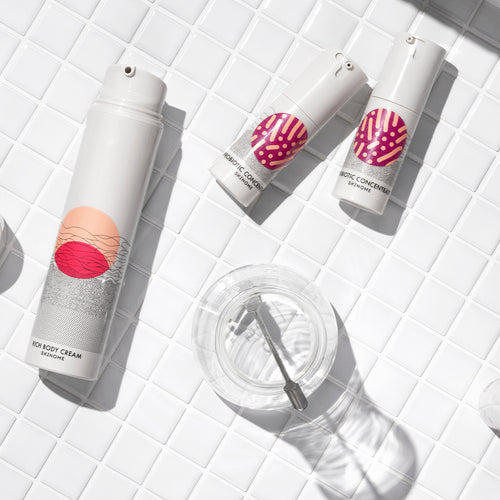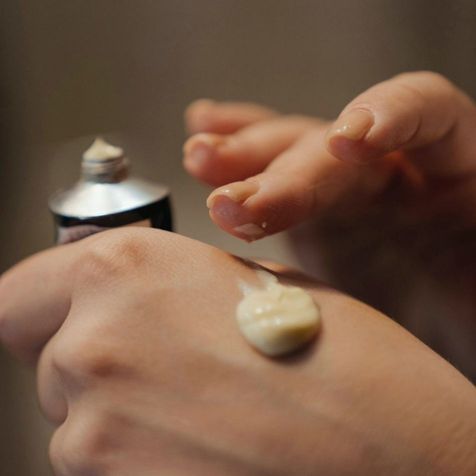

30 DAY CUSTOMER SATISFACTION GUARANTEE
FREE SHIPPING
SUBSCRIBE & SAVE 20%
Remember your password?
Subscribe to receive a guaranteed shipment of formula every month.
Enjoy a {{ discount_amount }} discount on products throughout your subscription.
Change or cancel your subscription at any time!
Atopic eczema, also known as atopic dermatitis, is a chronic inflammatory skin disease. It is one of the most common skin conditions, especially among children, but can affect people of all ages, affecting 15-30 percent of all children and 2-10 percent of all adults. The most common symptoms of atopic eczema are dryness, itching, red inflamed areas of the skin and scaly or crusty patches. Atopic eczema is also part of the so-called "atopic march", which includes asthma and allergic rhinitis. Many people with atopic dermatitis often have one or more of these other atopic diseases.
Although the exact cause of atopic eczema is not known, a combination of genetics, environmental factors and a disruption in the skin's barrier function are thought to play a role. Some possible triggers include:
The Western lifestyle , especially when compared to more traditional lifestyles, has been linked to an increased incidence of several diseases, including atopic eczema. Here are some factors that may play a role:
Climate: In northern Europe and especially Scandinavia, we have a dry and cold climate in winter, which affects the hydration of the skin and can contribute to eczema during the colder seasons.
The hygiene hypothesis: This theory proposes that children growing up in Western environments are exposed to fewer microorganisms during childhood, which may affect the development of their immune systems. A lack of early exposure to these microbes can increase the risk of allergic reactions, including eczema.


Striking differences in allergies between neighboring countries
School children in Finnish Karelia suffer from allergies, eczema and autoimmune diseases, such as diabetes type 1, as much as five times more often than their peers in Russian Karelia. But why this dramatic difference between two neighboring regions?
To put this hypothesis to the test, researchers now plan to dive deep into the world of children in Russian Karelia, Estonia and Finland. By comparing exposure to microbes and infections during infancy, they hope to unravel the mystery behind these startling differences.
Although there is no cure for atopic eczema, there are many treatment options that can help control symptoms:
Emollient with creams and ointments: Emollients are often the first treatment options. Emollients are a maintenance treatment that can keep the skin intact and prevent eczema breakouts.
Here you can read about how Skinome's products performed in our study on eczema-prone skin.
Light therapy: Exposure to UV light during supervised sessions may be helpful for some people.
Immunosuppressive treatment . The problem with cortisone can often be that the skin becomes thinner during long-term treatment with strong steroids. Newer immunosuppressive drugs such as tacrolimus may be preferred to not affect skin thickness.
Biologics: These may be prescribed for more severe cases of eczema.
Antihistamines : These can help reduce itching, especially at night.
Diet and lifestyle: Surprisingly, research suggests that if we adopt a Mediterranean-inspired diet, along with probiotics* and prebiotics, we can reduce the risk of developing eczema.
Salt baths: Many people experience an improvement in their eczema in the summer and especially when bathing in salt water, which has also been confirmed in several studies, where the Dead Sea seems to have the best effect.
Wear loose clothing: Clothing that is too tight or rough can irritate the skin.
Take short showers: Avoid too hot water and take short showers so as not to dry out the skin.
Manage stress: Stress can be a trigger for many, so try to find ways to relax and reduce stress in your life.